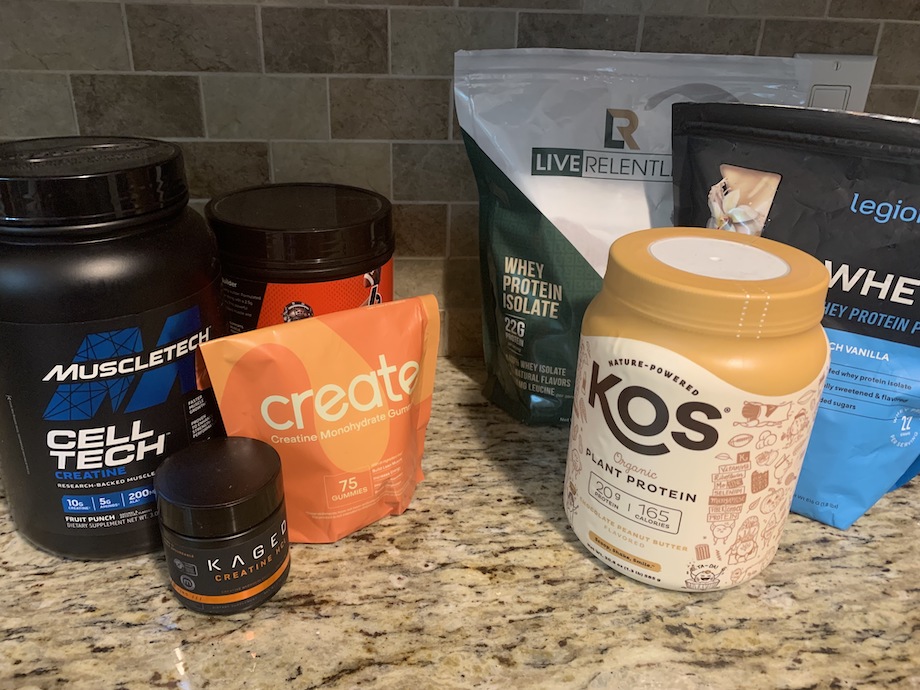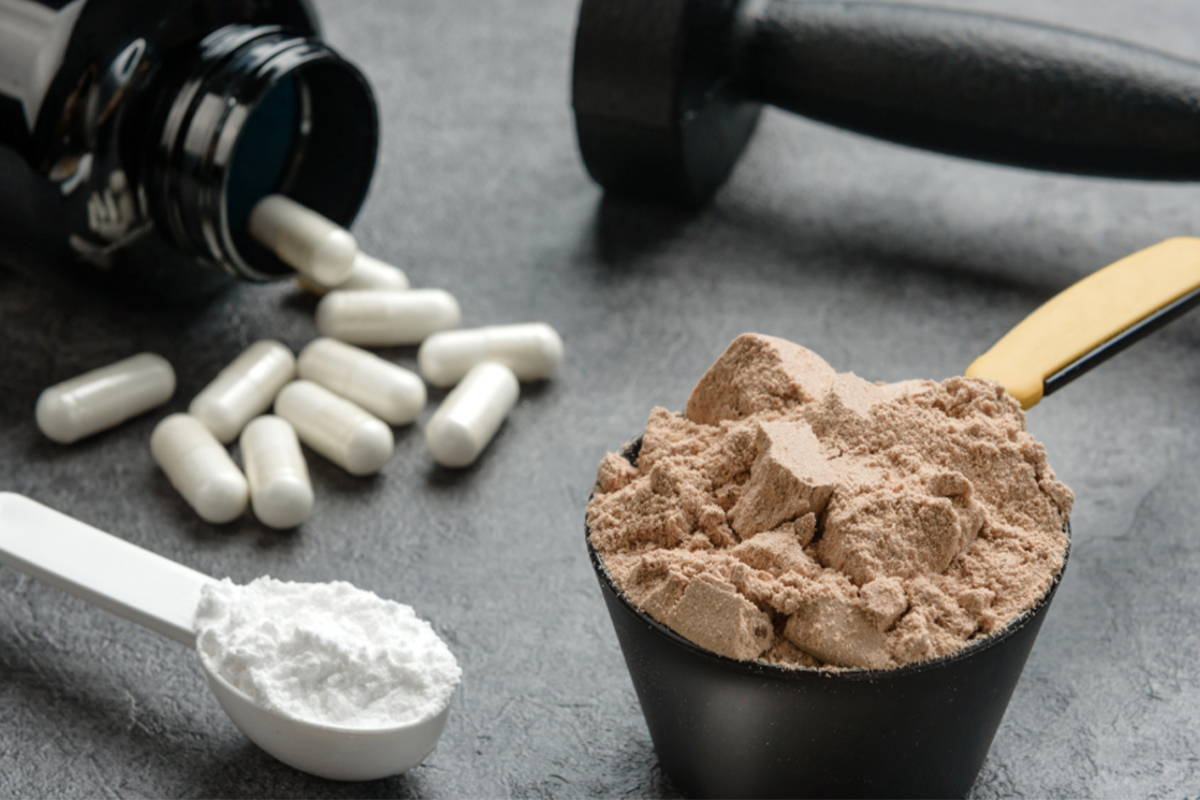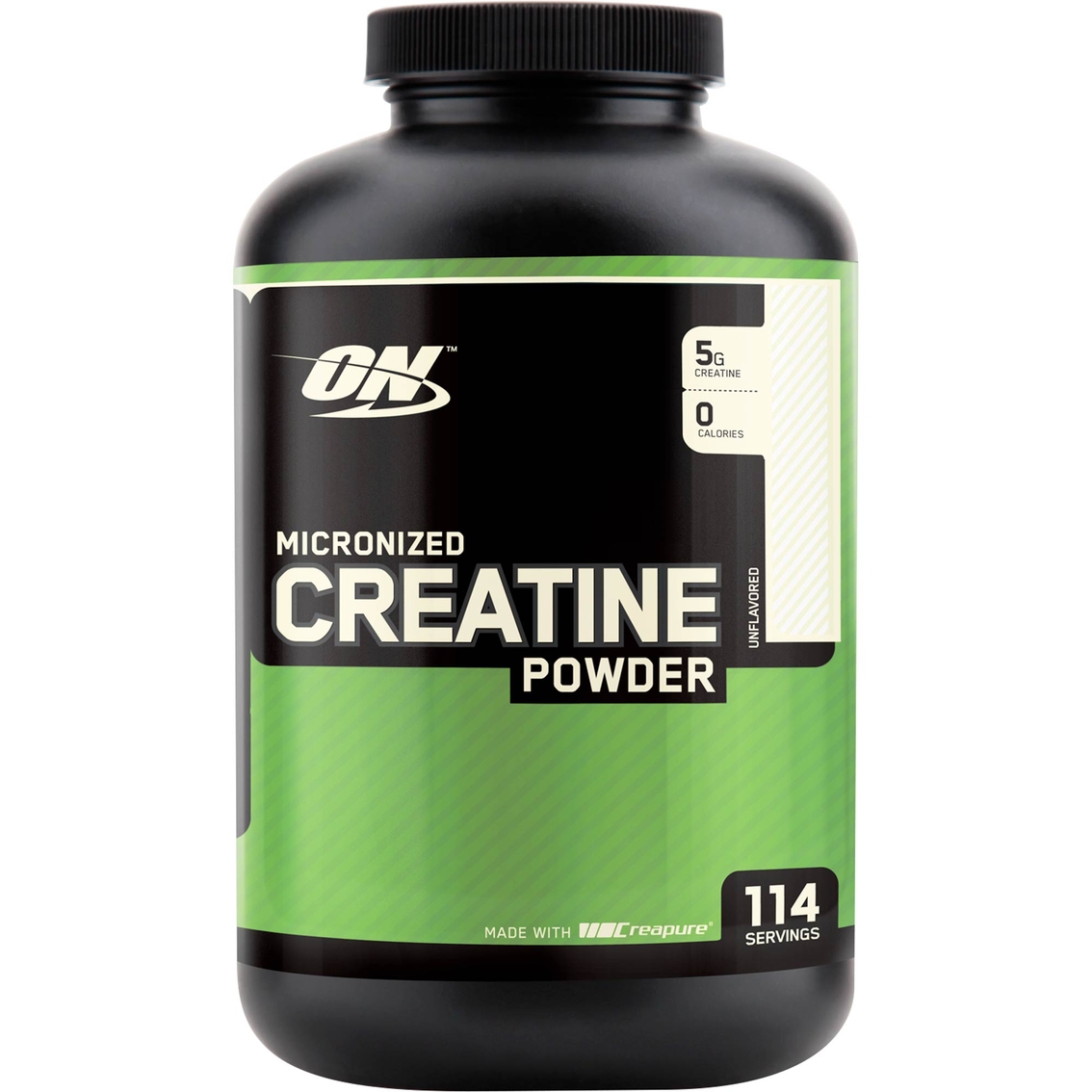Can I Mix Creatine With Protein

Fitness enthusiasts are buzzing: is it safe and effective to combine creatine and protein supplements? The answer, according to experts, is a resounding yes, with some caveats.
This article will cut through the confusion, providing a clear understanding of how these supplements interact and how to maximize their benefits without risking your health. Here’s what you need to know.
The Green Light: Creatine and Protein – A Safe Combination
Combining creatine and protein is generally considered safe for most individuals.
Both supplements work through different mechanisms to support muscle growth and recovery, and there are no known contraindications when taken together.
Studies published in journals like the Journal of the International Society of Sports Nutrition have shown that combining the two can be more effective than taking either supplement alone for improving strength and body composition.
Understanding the Benefits of Each Supplement
Creatine enhances energy production during high-intensity exercise by increasing the availability of ATP (adenosine triphosphate).
This allows for more reps and sets, ultimately leading to greater muscle growth. Research indicates it can improve power output by 5-15%.
Protein, on the other hand, provides the building blocks (amino acids) necessary for muscle repair and growth after exercise.
Why Combine Them? Synergistic Effects
The combination offers a synergistic effect. Creatine fuels your workouts, and protein rebuilds your muscles post-workout.
This is the primary reason people combine them. Think of it as fueling and then repairing.
A study in the European Journal of Applied Physiology demonstrated that individuals taking both creatine and protein showed greater gains in muscle mass compared to those taking only protein or a placebo.
How to Mix: Practical Guidelines
The simplest method is to mix creatine monohydrate powder with your protein shake after a workout.
The recommended dose of creatine is typically 3-5 grams per day. Make sure to use a creatine monohydrate.
There's no ideal timing in relation to when you consume. But taking it post-workout, especially combined with protein, is what’s convenient for many.
Debunking Myths: What to Avoid
Some believe that combining creatine and protein can cause kidney damage, but this is largely unfounded in healthy individuals.
Dehydration and inadequate water intake are bigger risks. So hydrate well.
If you have pre-existing kidney conditions, you should consult your doctor before using creatine, irrespective of whether you combine it with protein.
Who Should Be Cautious?
Individuals with pre-existing medical conditions, especially those related to kidney function, should consult a healthcare professional before using creatine.
Pregnant or breastfeeding women should also avoid creatine supplements due to limited research on their safety in these populations.
As always, if you have questions, talk with your doctor or a certified nutritionist.
Dosage and Timing: The Key to Optimization
A typical creatine loading phase involves taking 20 grams per day for 5-7 days, followed by a maintenance dose of 3-5 grams per day.
Some people skip the loading phase and simply start with the maintenance dose. It will take longer to see results.
Protein intake should generally be around 1.6-2.2 grams per kilogram of body weight per day for those engaged in resistance training. A single serving is 20-40 grams.
The Verdict: Safe and Potentially More Effective
The science supports the safe and effective combination of creatine and protein for enhancing muscle growth and strength.
Combining the two can be more beneficial. That's the reason people are doing it.
However, it is crucial to maintain adequate hydration, be mindful of individual health conditions, and consult with a healthcare professional when in doubt.
Next Steps and Ongoing Research
Researchers continue to explore the optimal ratios and timing of creatine and protein supplementation for various fitness goals.
Stay informed about the latest findings in reputable journals and consult with qualified professionals for personalized advice. Check online for publications like the Journal of Strength and Conditioning Research.
Future studies may delve deeper into the long-term effects of combining these supplements, offering further insights for maximizing their benefits and minimizing potential risks.

















